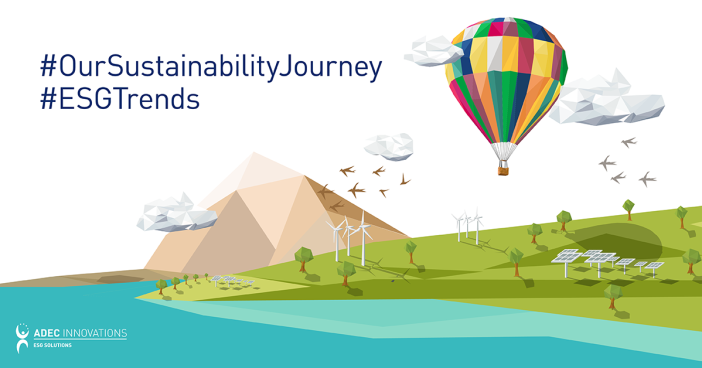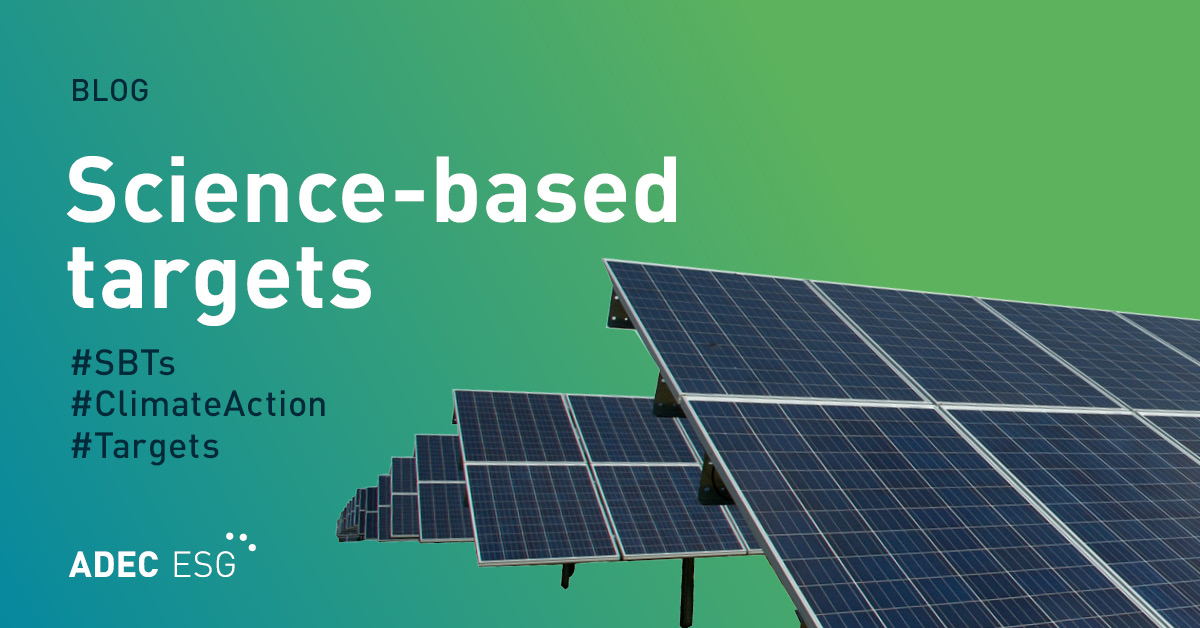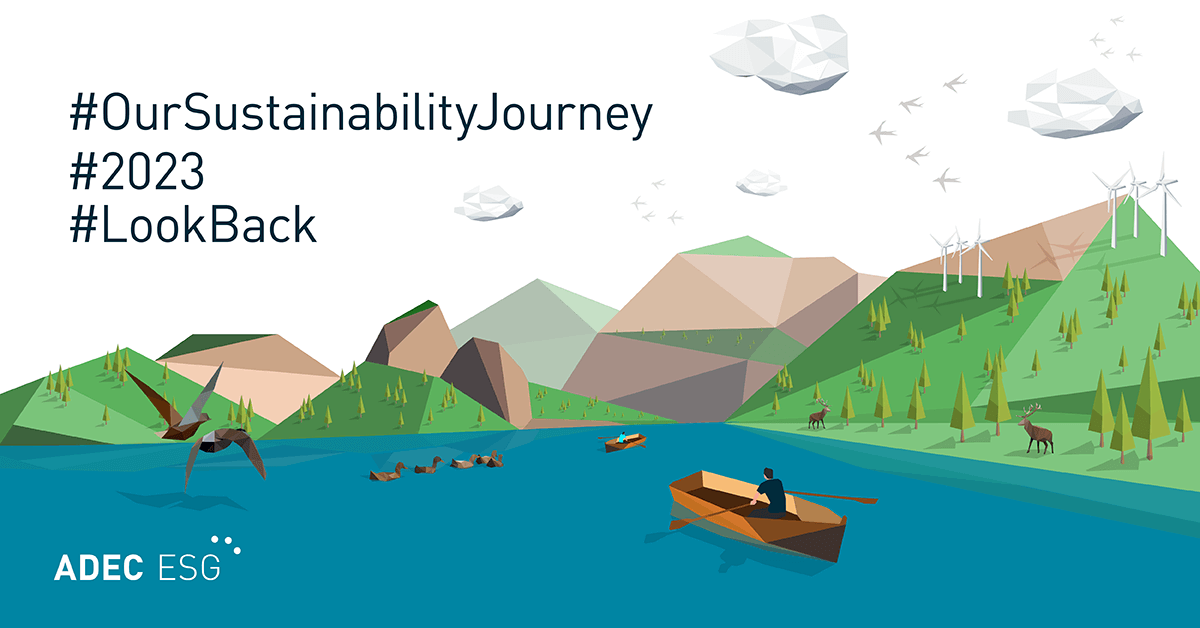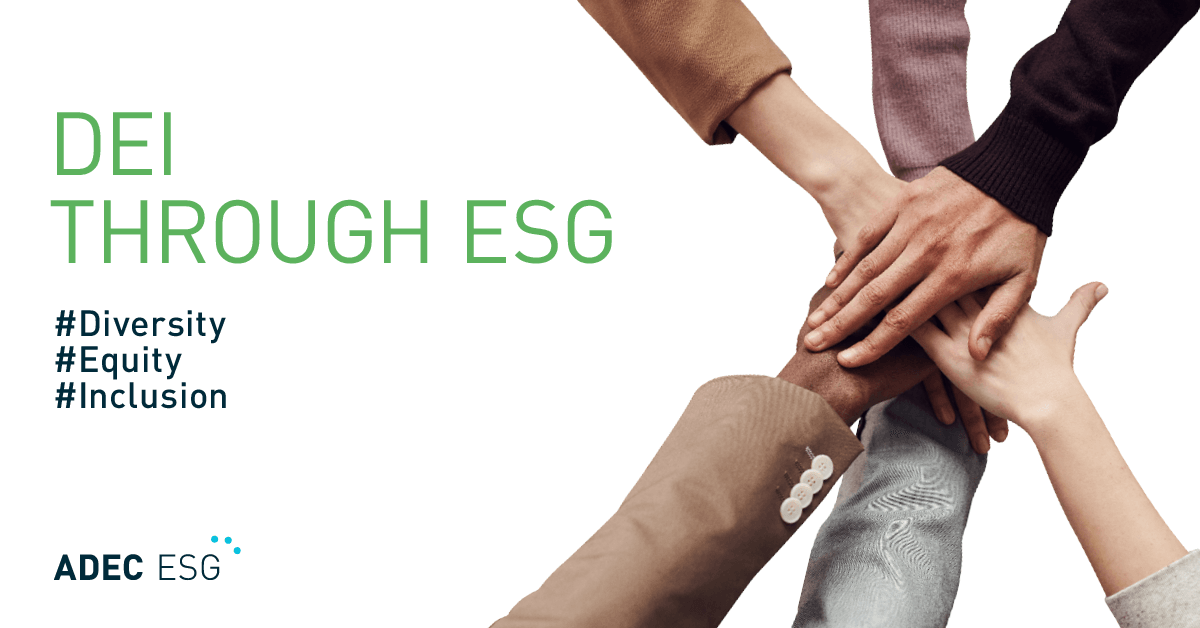As we continue through 2022, the ADEC ESG team is also taking a look back on 2021. How did we grow and change as a company and as a team? Who inspired us? How have attitudes on ESG, sustainability, and resiliency evolved over the course of 2021 and in the wake of 2020?
There is a significant transition occurring for organizations and the expectations for their ESG reporting and performance. We are moving beyond reporting, disclosure, and target-setting, to taking concrete action. Looking back at where ESG started and how it has grown as an industry indicates that the data collection and information sharing landscapes will continue to evolve, and true progress will be measured by marked improvements over time.

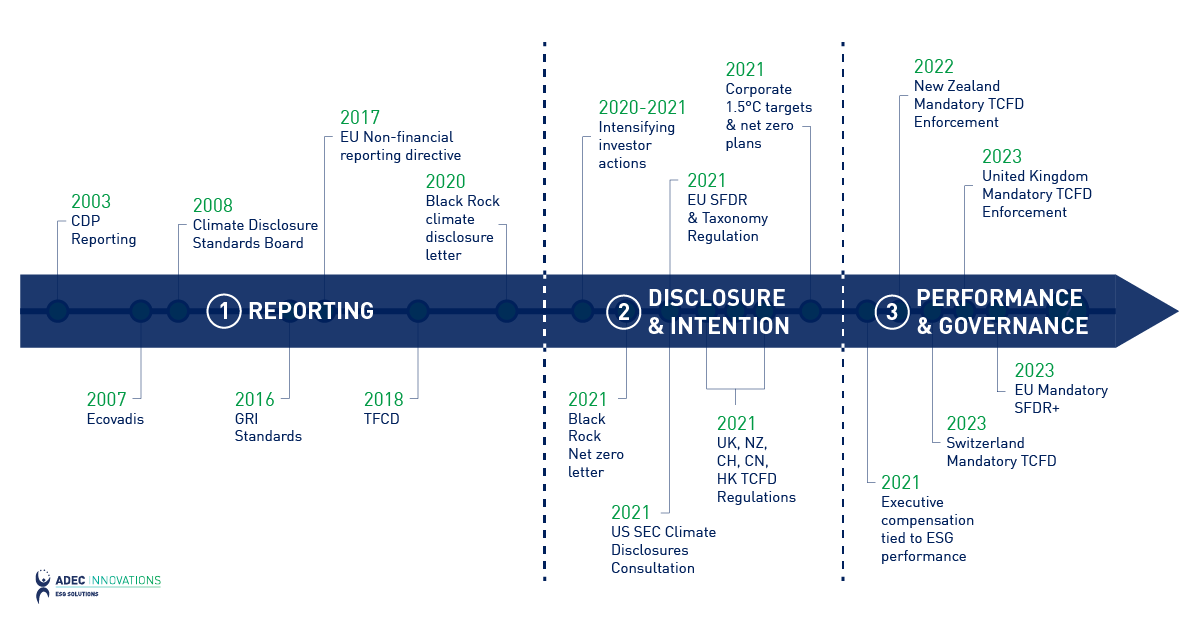
Performance and Governance (2021 and on)
The period we’re entering—and that we’re likely to continue for a while—is marked by higher standards, investor scrutiny, and mandatory reporting. Investors (and some nations) are beginning to require detailed plans, performance monitoring, and governance commitments as evidence that companies are implementing actions as concrete next steps from their disclosure and reporting.
- Plan development (for net-zero, resilience, and other strategies)
- Implementation and system development
- Change management and responsibility
- Greater standardization and large-scale reporting
Late last year, in our Key Trends and Data from CDP in 2021 blog and webinar, we explored the origins of this ESG evolution we find ourselves in. Check out the blog for a more detailed look, or watch the webinar to see the full discussion on how plans, goals, and data turn into action.
Putting People First: Culture, Diversity, and Inclusion
Established in 2020, our Cultural, Diversity, and Inclusion (CDI) Committee is an internal, voluntary, company-wide advisory committee whose mission is to help company leadership continue to facilitate a corporate culture that includes and respects the diversity of our team members. Much of their work in 2021 focused on employees taking the lead on internal education and included:
- Implementing an online learning and training solution for employees that actively provides resources on topics ranging from diversity and inclusion to equity and leadership;
- A workshop with inclusion and diversity expert Amber Cabral, addressing how to be an ally and an advocate and how to navigate interactions respectfully and responsibly; and
- An ongoing initiative on AAPI Heritage to educate readers about the challenges this group has overcome to help make fundamental rights and opportunities available for all.
We have seen this momentum and focus on education in our work with global clients as well. Internal discussions supporting core values and commitments are an active part of many of the strategies we see, including efforts to improve understanding and bolster ESG targets and initiatives.
An Emphasis on ESG Education
Before organizations can successfully pursue a new ESG initiative, it is best practice to formalize understanding and motivation at a company-wide level. This foundation of knowledge and personal exposure for employees establishes a clear connection for how people can support ESG programs.
With the knowledge that an organization can’t take action without a concrete and unified understanding of their goals and the context that they live in (e.g., ESG frameworks, TCFD recommendations, etc.), we hosted a series of workshops to explain the TCFD framework for one of our clients, reviewing how their existing ESG initiatives aligned with the expectations of the new reporting framework.
Key Outcomes
- Two key workshops to 1) educate the organization on the TCFD framework, and 2) start the development of a full TCFD risk and opportunities framework from a multi-stakeholder perspective, including a scenario analysis;
- Provided the tools to enable them to make informed decisions and take the best action for themselves;
- Tailored approach to the company’s teams, culture, and knowledge of the subject in mind; and
- Educated and informed client stakeholders on topics that affect their teams, coworkers, company, and communities.
Driving Action in Sustainability
Once data is collected and ESG information is inputted into reporting frameworks, companies are often left with questions about what to do next and how to take action. Based on the outcomes of a recent scenario analysis, we worked with an organization to identify a key strategy to address the risks identified for future climate change impacts to operations and supply chains.
We researched and adapted a presentation of options for pursuing an internal price on carbon, a useful tool for informed decision-making to begin integrating a price into investment and strategy choices to account for the associated emissions.
Key Outcomes:
- Worked with internal staff and key stakeholders;
- Guided leadership and management teams through foundational education, approaches to internal carbon pricing options, and how to implement these into business strategies and sustainability frameworks;
- Advised on how to incorporate carbon pricing into business strategies, using CDP and TCFD recommendations as the driving factor;
- Examined how an internal price on carbon might integrate with existing strategies, frameworks, and goals such as carbon neutrality, SBTs, scenario analysis, etc.
Once the action is in motion, organizations should have an aligned communication strategy for how they will share their progress and celebrate their success, noting any lessons learned so the broader ESG community can benefit and ultimately improve their ability to make a positive impact on climate change.
Sharing Your Journey
While there is no step-by-step rulebook to follow when you’re pursuing your Sustainability Journey, there are opportunities to share your unique experience. The most impactful way to show your commitment is by sharing your story and creating a culture of transparency through your communication.
A recent trend in supplier engagement is motivating companies to share more about their Scope 3 emissions and providing updates in annual reporting. One particular tool we developed to deepen this understanding is a Scope 3 emissions roadmap. Our supply chain overview provides actionable metrics to track progress on your ESG goals related to your suppliers.
Key Outcomes:
- Improved understanding of the extent and magnitude of a company’s environmental impact— specifically the global reach of its supply chain;
- Empowered clients to reduce their own impact and that of their supply chain using ESG tools;
- Developed a Scope 3 emissions roadmap, based on evaluation of data and systematic review of sources, to guide the company in how they can continue to improve the accuracy of their calculations.
Reflecting on 2021 reveals many signs of progress and significant improvement opportunities for creating positive change in the sustainability field. With much of 2022 ahead, the ADEC ESG Solutions team looks forward—to continue to help our clients, partners, and employees measure progress and boldly pursue their goals for the future.
ADEC ESG is a leading provider of ESG solutions, including fully-integrated industry expertise, software solutions, and data management.
Want to stay on top of the latest on global sustainability issues? Subscribe to our monthly newsletter, GreenWatch.

